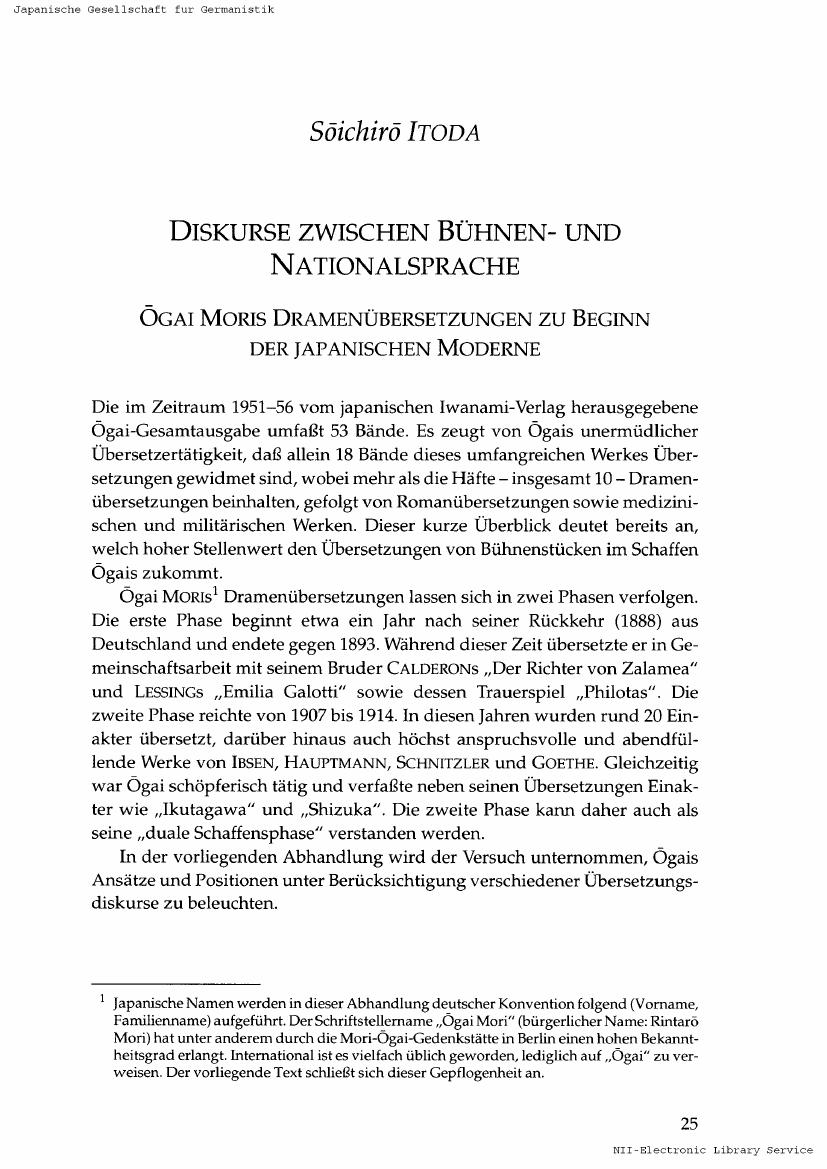- 著者
- Masako Kishima Hidetaka Wakabayashi Hideaki Kanazawa Masataka Itoda Toshio Nishikimi
- 出版者
- The Japanese Association of Rehabilitation Medicine
- 雑誌
- Progress in Rehabilitation Medicine (ISSN:24321354)
- 巻号頁・発行日
- vol.3, pp.20180020, 2018 (Released:2018-12-11)
- 参考文献数
- 12
Background: Dysphagia occurs often after oral cancer surgery. However, no case of dysphagia in combination with cerebral hemorrhage, tongue defect, and sarcopenia has been reported. We describe the case of a 70-year-old man with dysphagia associated with a cerebral hemorrhage, tongue defect, and sarcopenia who received rehabilitation nutrition and underwent glottal closure. Case: At age 48 years, the patient had the left part of his tongue removed because of cancer. Twenty-two years later, he developed dysphagia and right hemiplegia after a cerebral hemorrhage. The patient was diagnosed with sarcopenia based on a low left handgrip strength (10 kg) and reduced calf circumference (26.5 cm). The patient’s Functional Oral Intake Scale (FOIS) score was 1, and his tongue muscle mass indicated atrophy, making the maximum tongue pressure difficult to measure. Palatal augmentation prostheses (PAP) were made to increase swallowing and tongue pressures, and nutritional intake was changed from nasal tube feeding to a gastric fistula. Nutritional intake was increased to 2400 kcal/day and protein intake to 96 g/day. Although rehabilitation nutrition using PAP improved the patient’s nutritional status, the dysphagia did not improve, and therefore he underwent glottal closure. This resulted in a weight gain of 13.7 kg and increased tongue muscle strength and volume. The patient’s FOIS score increased to 7 (i.e., total oral diet with no restrictions) at 5 months after discharge. Discussion: Glottic closure surgery may be useful for improving oral ingestion, nutritional status, and activities of daily living.Background: Dysphagia occurs often after oral cancer surgery. However, no case of dysphagia in combination with cerebral hemorrhage, tongue defect, and sarcopenia has been reported. We describe the case of a 70-year-old man with dysphagia associated with a cerebral hemorrhage, tongue defect, and sarcopenia who received rehabilitation nutrition and underwent glottal closure. Case: At age 48 years, the patient had the left part of his tongue removed because of cancer. Twenty-two years later, he developed dysphagia and right hemiplegia after a cerebral hemorrhage. The patient was diagnosed with sarcopenia based on a low left handgrip strength (10 kg) and reduced calf circumference (26.5 cm). The patient’s Functional Oral Intake Scale (FOIS) score was 1, and his tongue muscle mass indicated atrophy, making the maximum tongue pressure difficult to measure. Palatal augmentation prostheses (PAP) were made to increase swallowing and tongue pressures, and nutritional intake was changed from nasal tube feeding to a gastric fistula. Nutritional intake was increased to 2400 kcal/day and protein intake to 96 g/day. Although rehabilitation nutrition using PAP improved the patient’s nutritional status, the dysphagia did not improve, and therefore he underwent glottal closure. This resulted in a weight gain of 13.7 kg and increased tongue muscle strength and volume. The patient’s FOIS score increased to 7 (i.e., total oral diet with no restrictions) at 5 months after discharge. Discussion: Glottic closure surgery may be useful for improving oral ingestion, nutritional status, and activities of daily living.
- 著者
- Sōichir&omacr ITODA
- 出版者
- Japanische Gesellschaft für Germanistik
- 雑誌
- Neue Beiträge zur Germanistik (ISSN:24330906)
- 巻号頁・発行日
- vol.114, pp.25-37, 2003 (Released:2018-03-31)
1 0 0 0 OA Genetic Variation and Haplotype Structure of the ABC Transporter Gene ABCG2 in a Japanese Population
- 著者
- Keiko MAEKAWA Masaya ITODA Kimie SAI Yoshiro SAITO Nahoko KANIWA Kuniaki SHIRAO Tetsuya HAMAGUCHI Hideo KUNITOH Noboru YAMAMOTO Tomohide TAMURA Hironobu MINAMI Kaoru KUBOTA Atsushi OHTSU Teruhiko YOSHIDA Nagahiro SAIJO Naoyuki KAMATANI Shogo OZAWA Jun-ichi SAWADA
- 出版者
- The Japanese Society for the Study of Xenobiotics
- 雑誌
- Drug Metabolism and Pharmacokinetics (ISSN:13474367)
- 巻号頁・発行日
- vol.21, no.2, pp.109-121, 2006 (Released:2006-05-10)
- 参考文献数
- 35
- 被引用文献数
- 36
The ATP-binding cassette transporter, ABCG2, which is expressed at high levels in the intestine and liver, functions as an efflux transporter for many drugs, including clinically used anticancer agents such as topotecan and the active metabolite of irinotecan (SN-38). In this study, to elucidate the linkage disequilibrium (LD) profiles and haplotype structures of ABCG2, we have comprehensively searched for genetic variations in the putative promoter region, all the exons, and their flanking introns of ABCG2 from 177 Japanese cancer patients treated with irinotecan. Forty-three genetic variations, including 11 novel ones, were found: 5 in the 5′-flanking region, 13 in the coding exons, and 25 in the introns. In addition to 9 previously reported nonsynonymous single nucleotide polymorphisms (SNPs), 2 novel nonsynonymous SNPs, 38C>T (Ser13Leu) and 1060G>A (Gly354Arg), were found with minor allele frequencies of 0.3%. Based on the LD profiles between the SNPs and the estimated past recombination events, the region analyzed was divided into three blocks (Block -1, 1, and 2), each of which spans at least 0.2 kb, 46 kb, and 13 kb and contains 2, 24, and 17 variations, respectively. The two, eight, and five common haplotypes detected in 10 or more patients accounted for most (>90%) of the haplotypes inferred in Block -1, Block 1, and Block 2, respectively. The SNP and haplotype distributions in Japanese were different from those reported previously in Caucasians. This study provides fundamental information for the pharmacogenetic studies investigating the relationship between the genetic variations in ABCG2 and pharmacokinetic/pharmacodynamic parameters.
- 著者
- OZAWA Shogo SOYAMA Akiko SAEKI Mayumi FUKUSHIMA (UESAKA) Hiromi ITODA Masaya KOYANO Satoru SAI Kimie OHNO Yasuo SAITO Yoshiro SAWADA Jun-ichi
- 雑誌
- Drug metabolism and pharmacokinetics (ISSN:13474367)
- 巻号頁・発行日
- vol.19, no.2, pp.83-95, 2004-04-26
- 参考文献数
- 125
- 被引用文献数
- 3
